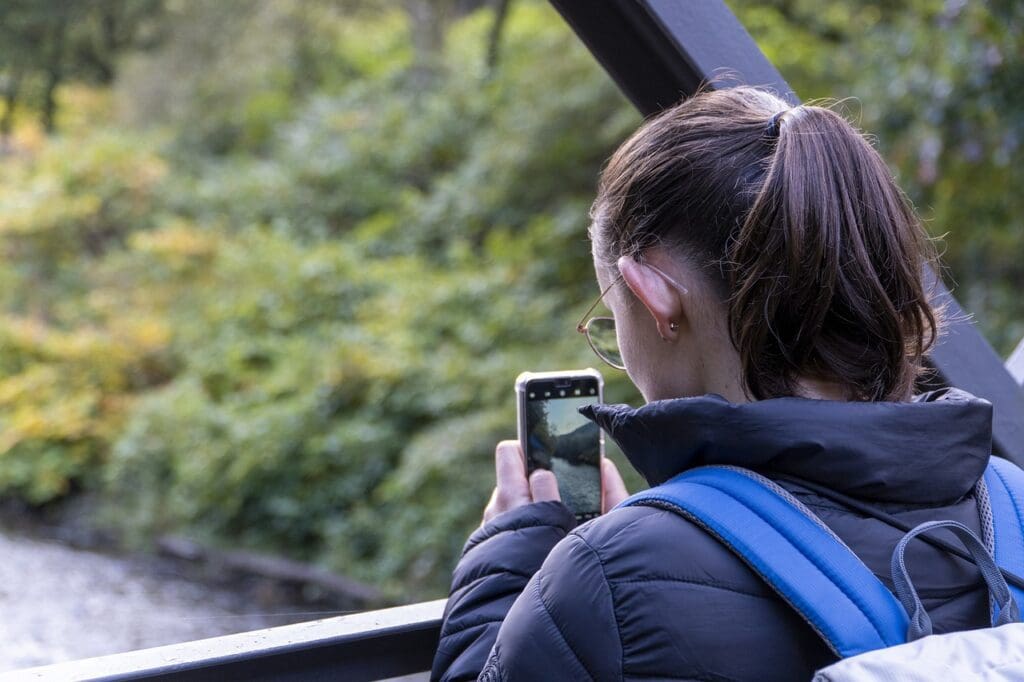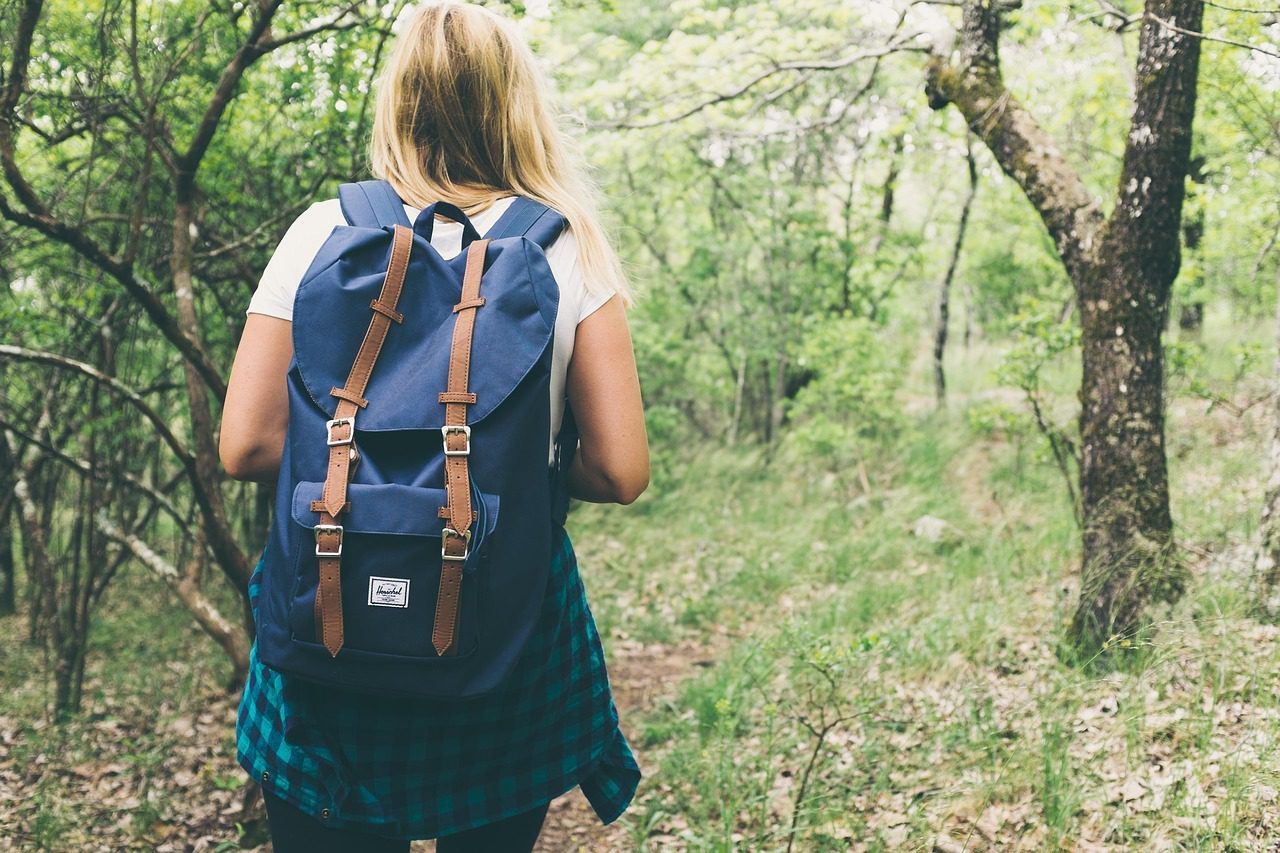If you’ve never gone hiking before, and your heart’s now yearning for it, you’re at the right place. With a lot of things to learn, the picture can seem a little clumsy.
No matter how good your research skills are, certain things in hiking are picked up only through experience.
To make it easier, I’ve compiled this list of hiking mistakes which you should avoid.
Table of Contents
1. Too Much Of Load
Over-packing is a common tendency among new hikers. This problem arises because they have no clue about the essentials and, therefore, wrongly label everything in their sight as necessary.
An overloaded backpack is bad for hiking because most of the time, you have to carry it. Walking with heavy loads for a long time is extremely strenuous and not worth it.
Choose light-weight but durable gear. Categorize your luggage into essentials and luxuries. If your backpack still feels light after being loaded with essentials, treat yourself with some (not all) luxuries.
2. Wrong Backpack
Your backpack must be suitable for your body’s shape and length. Else, instead of carrying the load, it puts a toll on your back.
Your pack shouldn’t be too big or too small. If you think your gear keeps changing for each hike, buy a backpack with compression straps so that when the load is small, you can shrink it.
The right backpack balances most of the weight on your hips and keeps your shoulders strain-free. A pack with thick padding reduces friction and discomfort. According to ResMarty.com, Osprey, Gregory, and Granite Gear are the best hiking backpacks brands. You can get more information about hiking backpacks in this article.
3. Not Testing The Gear
You went through a gear checklist and ticked everything in it. You pack it neatly and carry it along.
But when you’re pitching your tent to relax after a long day of walking, you realize the tent stakes aren’t solid enough.
“If only I had seen this earlier!” you think to yourself.
Situations like this can be embarrassing and dangerous. What if it’s raining and you badly need shelter, but your new tent can’t be set up without extra stakes?
Always test your gear several times before hiking. The better you’re acquainted with your hiking gear, the quicker you can use it on your main day.
This isn’t limited to tents alone—your shoes, the satellite messenger, coolers, pretty much everything that you pack for your trip.
4. Ignoring Footcare
As a first-time hiker, you’ve probably never walked long distances before. Despite training for your hike, your feet can get hurt or painful when you hit the trail.
Do not ignore caring for your feet. Choose the right kind of shoes and wear wool or polyester socks. Apply a lubricant to ease up your feet. Bring supplies to treat blisters that might greet you on your way. For top-quality hiking footwear options, visit https://hike-footwear.com/.
Give your feet some fresh air by taking off your footwear during rest breaks. Use absorbent powder to keep them drier.
Learn what works best for your feet from your first hiking experience.
5. Packing Only Sweet Foods
When packing, you may get tempted to pack those scrumptious protein bars and candy. Marshmallows, yum! But you shouldn’t stop there.

Yep, sugar can boost your energy (sugar rush), but it’s only temporary. Too much sugar can stimulate your hypothalamus (a part of your brain) to trigger thirst. Drinking way too much water without eating anything else can lower the sodium levels in your blood.
Plus, sugary foods don’t make you feel full, and your cravings can increase. Don’t you think after eating a moderate amount of sugar, your taste buds develop an aversion to it?
While hiking, you must include salty foods in your diet to maintain electrolyte balance. Focus on eating nutritious foods that give lasting energy. Fresh fruit and veggies are great for the first day of your hike.
6. Going Solo
This may sound pessimistic considering hiking bloggers who claim how solo hikes helped them discover themselves and how amazing it felt. Keeping aside the self-discovery part, I don’t recommend anyone, especially beginners, to hike alone.
Hiking trails can be unpredictable. Bad weather can add to the misery. Injuries and accidents are very common.
As you’re going up to a different altitude, your body may not receive it well, making you fall sick. If you hike with someone, you can help each other in such tough times.
Daily newspapers feature stories about hikers getting lost in the woods, and sadly, some of them are never found. There’s safety in numbers, and we better follow it.
Joining a hiking club will help you hike safely, and it is more enjoyable with new friends around.
7. Littering
You’re new to the world of hiking, and it’s time to learn the importance of Leave No Trace (LNT).
LNT is a set of principles aimed at conserving and protecting our ecosystem.
How would you feel if you reach a hiking destination only to find it littered with garbage everywhere?
As a hiker, you should not give such vibes to others either. Be considerate of fellow hikers and respect wildlife.
Learn the trail rules beforehand. Follow small measures like picking all your trash before leaving a site, using biodegradable soaps, and keeping your pet on a leash (if you’re hiking with one).
8. Wearing Cotton
I get it. Cotton is soft and is one of the most common clothing materials. But that doesn’t make it a good choice for hiking.
When hiking, sweat is obvious, and since cotton absorbs moisture (and loads of it), it can feel pretty heavy. Cotton is already a heavier material compared to polyester and silk. The absorbed moisture only makes it worse.
Even if you try to make peace with the above fact, cotton is stubborn to dry and takes hours. This can mess up your body’s temperature regulation system. So, no thanks.
Merino wool is the most preferred material for athletic wear. Nylon and polyester are great too.
9. Relying On Smartphones

Remember how maps were on paper and not on a gadget? Ah, the good old days!!!
Well, authorities still recommend carrying a paper map instead of a digital one while hiking. The reasons are simple.
Hiking trails don’t have reliable cell service.
As digital maps aren’t completely standardized yet, there’s room for errors. We do hope they’re fixed in the coming years.
Along with the paper map, bring a compass, a mini satellite messenger, and a handheld GPS unit.
Conclusion:
Share this post with your friends so they can learn about these mistakes ahead of time.
If you have any other hiking tips that can help beginners, drop them in the comments section.
Author Bio:
Res Marty, the founder of his self-titled website, aims to share his passion for hiking and camping with everyone. Apart from blogging about some of the best trails in the world, he also provides informative reviews of hiking equipment for travelers of all kinds. In his free time, he likes to play tennis and soccer.
Featured Image by Pexels from Pixabay




